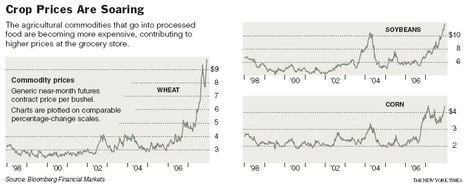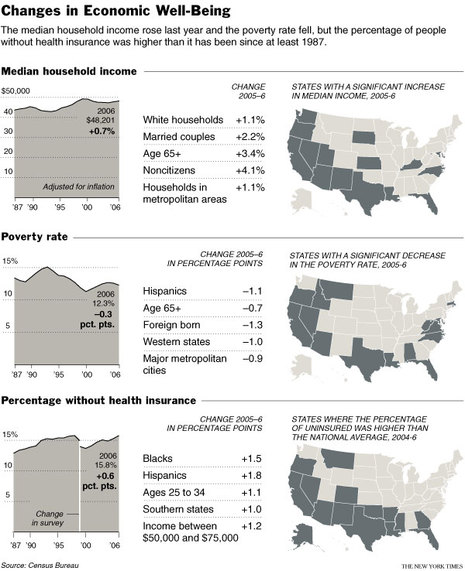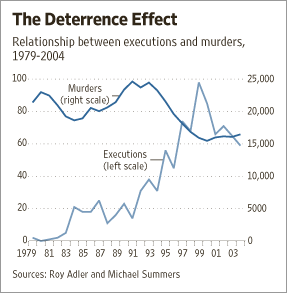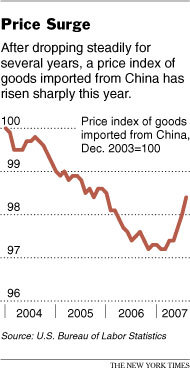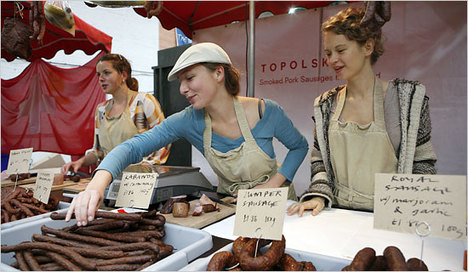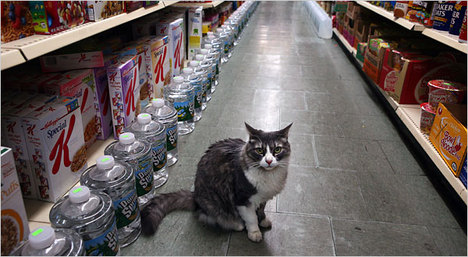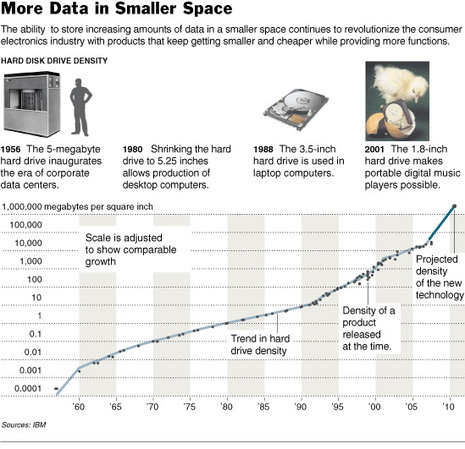(p. A4) Throughout the 20th century, most of the Brazil nuts consumed around the world came from the jungle surrounding this bustling river market town in the eastern Amazon. But the bitter joke here these days is that the only place you can still find a Brazil nut tree is on the municipal seal.
To the chagrin of Brazilians, exports of the nuts that bear their country’s name have fallen precipitously to about 7,000 metric tons in 2003 from nearly 19,000 metric tons in 2000, allowing neighboring Bolivia to become the market leader. Groves of Brazil nut trees are disappearing all over the Brazilian Amazon, and the question of who bears responsibility for that sharp decline and resulting deforestation has become the subject of a heated and growing debate.
Economists, scientists and other scholars tend to point to a single family, based here, that has dominated the industry for three generations and controls hundreds of thousands of acres in this region at the junction of the Araguaia and Tocantins rivers. But members of the influential clan, called Mutran, say they are being unjustly attacked and complain of unfair competition and contraband.
. . .
”At their peak, the Mutrans had a monopoly on everything connected with the Brazil nut industry, from harvesting to transport to exports,” said Marilia Emmi, a professor at the Nucleus for Amazon Research at the Federal University of Pará. ”Much of their own production occurred on public lands that belonged to the state but were initially leased to them for a pittance as the result of backroom political deals.”
. . .
”Because of their monopoly, the Mutrans paid a price so low that production dropped off the map,” said Zico Bronzeado, a former Brazil nut harvester who now represents Acre in the lower house of Congress. The low prices drove growers to abandon the business, the critics say, selling their lands to loggers and cattle ranchers in a process that deforested vast stretches of the Amazon and further enriched the Brazilian elite.
For the full story, see:
LARRY ROHTER. “Marabá Journal; Brazil’s Problem in a Nutshell: Bolivia Grows Nuts Best.” The New York Times (Thurs., August 26, 2004): A4.
(Note: ellipses added.)



